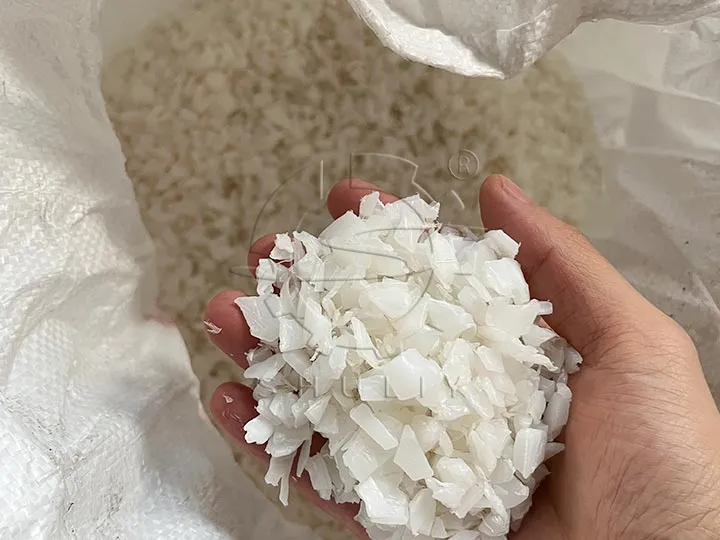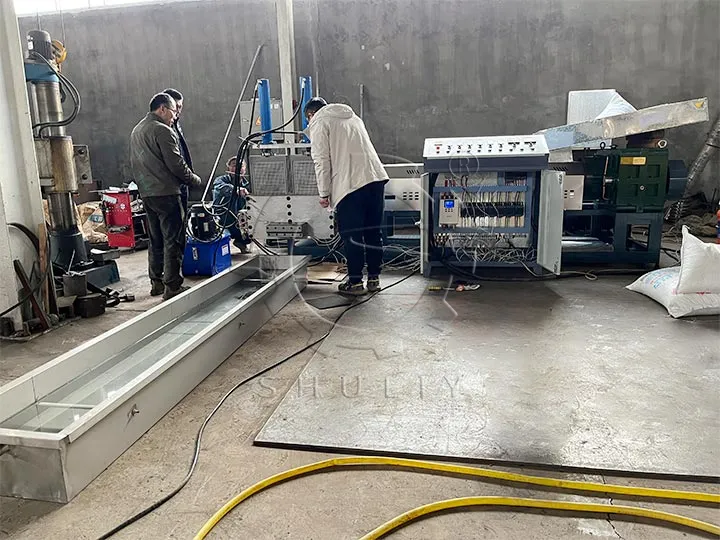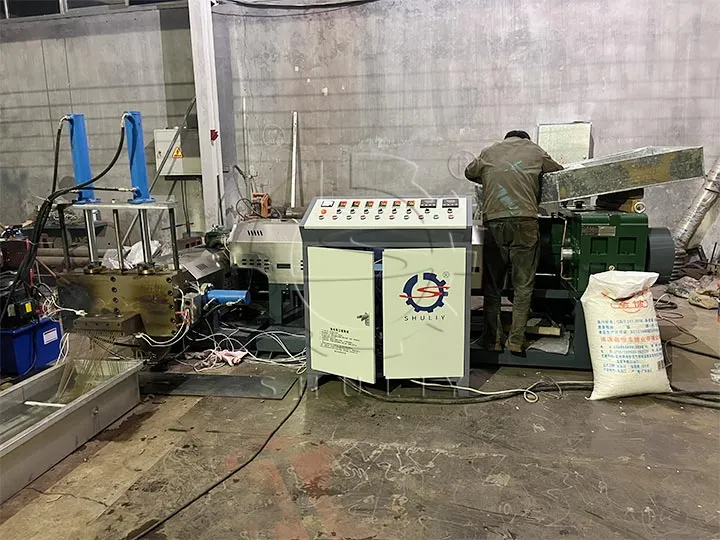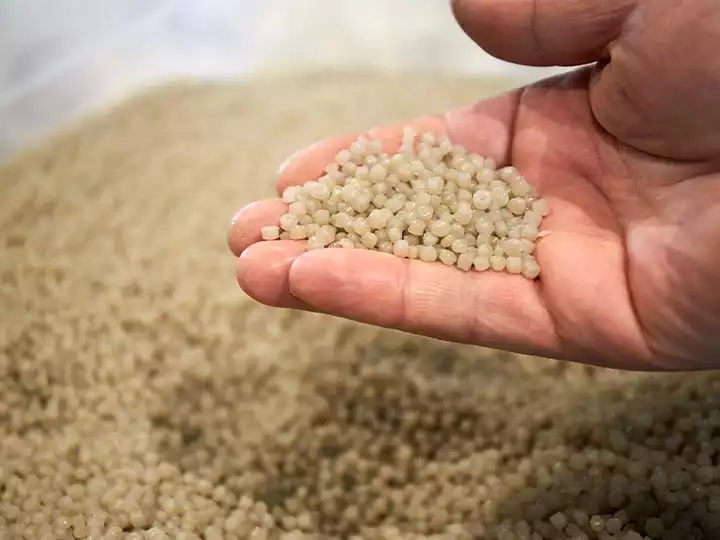HDPE is a common plastic raw material that is widely used in the production of products in various fields. However, sometimes during the production process of a plastic granulator, HDPE plastic pellets may develop black spots, which may reduce the quality of the product. In this article, we will look at the causes of this problem and provide solutions to ensure that high-quality HDPE plastic pellets are produced.
Why do HDPE plastic pellets have black spots?
- Firstly, the quality of the raw material is a key factor. If the recycled plastic contains excessive impurities, or foreign matter or is not adequately cleaned and treated, these impurities may form black spots on HDPE plastic pellets during the plastic granulation process. In addition, the source and treatment of the recycled plastics will also affect the quality of the pellets, and the mixing of different recycled plastics may result in uneven melting and the production of black spots.

- Secondly, temperature and pressure control during processing are also factors that affect the quality of HDPE plastic pellets. If the temperature is too high or too low, or the pressure is unstable, it may lead to black spots on the surface of the HDPE plastic pellets. Unreasonable control of temperature and pressure may trigger reactions such as decomposition and oxidation of the plastic, which may produce colored impurities and form black spots.
- Finally, the operating condition and maintenance status of the plastic recycling pelletizer machine may also have an impact on the quality of the HDPE plastic pellets. Wear and tear of the plastic granulator machine, poor mechanical structure or lack of timely maintenance may lead to unstable operation of the pelletizing machine, which may cause pellet quality problems, including the generation of black spots.

Solution for black spots on recycled pellets
- Firstly, it should be ensured that high-quality recycled plastic raw materials are used to avoid the inclusion of impurities and foreign materials. Secondly, attention should be paid to adjusting and stabilizing the parameters of the production process, including temperature, pressure, speed, etc., to ensure the uniformity of the recycled granules throughout the production process.
- Check the equipment condition of the plastic granulator, especially the wear and tear of the screw and mold head. Heavily worn parts may cause the plastic to be unevenly sheared and heated during the process, resulting in black spots. Replace badly worn parts in time to ensure that the equipment is in good working condition.
- Finally, clean and maintain the plastic granulator regularly to prevent impurities and residues adhering to the inside of the equipment from affecting the quality of the recycled pellets. Through comprehensive consideration of raw materials, process and equipment factors, the problem of black spots in recycled pellets can be effectively reduced, and the quality and efficiency of production can be improved.


